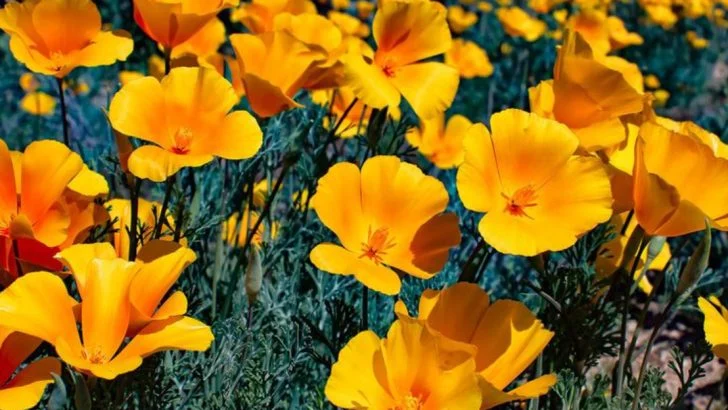Arizona’s rugged beauty is defined by its desert landscapes, dramatic skies, and vivid bursts of wildflowers that thrive in even the harshest conditions. By incorporating native plants into your garden, you not only create a vibrant and low-maintenance space—you also support local ecosystems, pollinators, and the preservation of the Southwest’s natural heritage.
From the fiery reds of Arizona poppies to the delicate purples of desert lupine and the golden hues of brittlebush, these wildflowers are perfectly adapted to the region’s unique climate. They flourish with little water, resist pests, and bloom in brilliant waves that revitalize garden spaces with color and movement throughout the seasons.
Explore these 21 native wildflowers making a comeback across Arizona, and learn how to bring the desert’s beauty into your own backyard—sustainably and spectacularly.
Desert Marigold
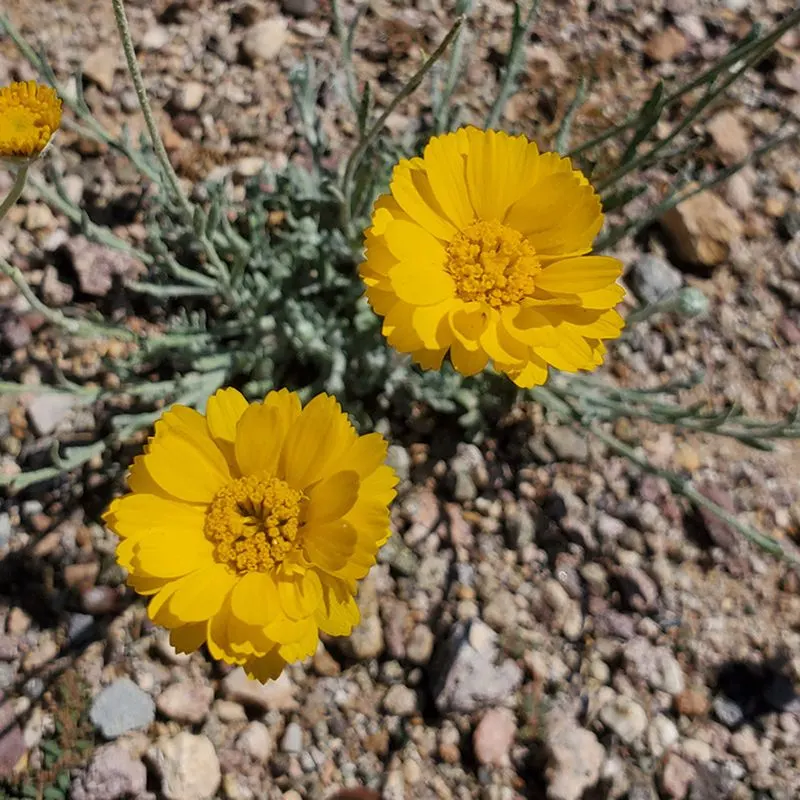
The Desert Marigold, with its radiant yellow blooms, thrives in Arizona’s arid climate. Its daisy-like flowers add a splash of color to any garden, attracting butterflies and bees. This resilient plant is drought-tolerant, making it an excellent choice for sustainable gardening. Plant it in sunny areas to see it bloom from spring to fall, bringing continuous beauty and ecological benefits. Its ability to withstand harsh conditions while providing essential resources for pollinators makes it a staple in any wildflower garden.
Arizona Lupine
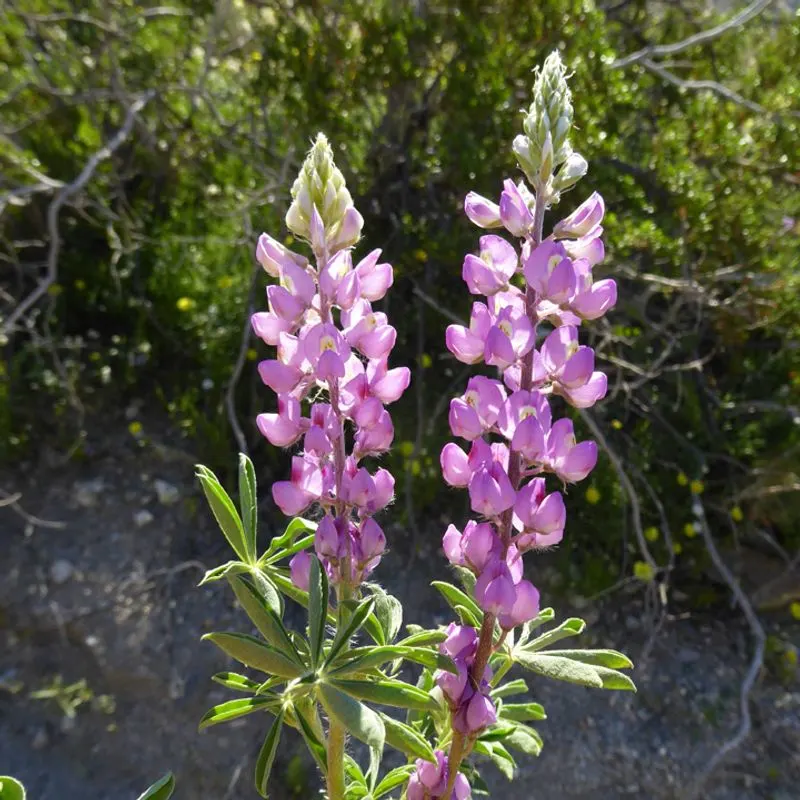
Arizona Lupine is a breathtaking addition to any garden, offering clusters of purple flowers that sway gracefully in the wind. These blooms not only enhance visual appeal but also enrich the soil with nitrogen, promoting healthier plant growth. This lupine variety thrives in full sun and well-drained soil, embodying both beauty and practicality. Its presence supports local pollinators, including bees and hummingbirds, making it a vital component in maintaining biodiversity. With its striking color and ecological contributions, Arizona Lupine is a gardener’s delight.
Globemallow
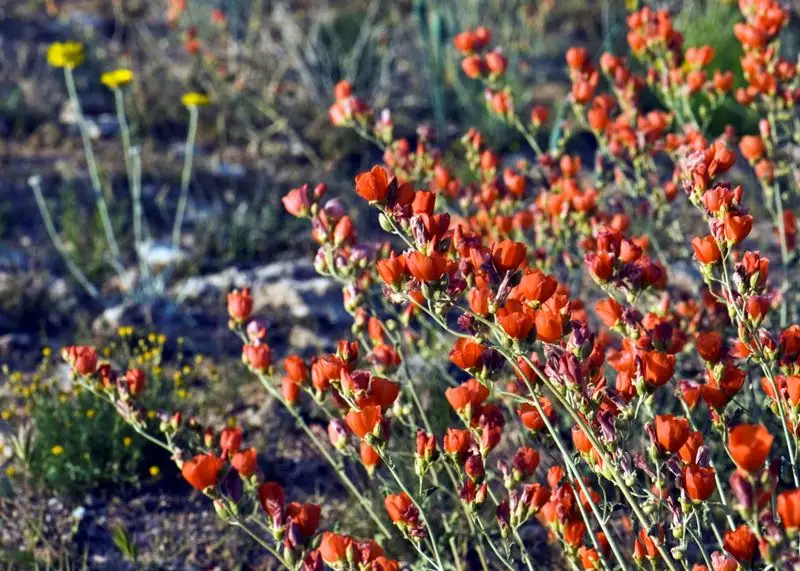
Globemallow, with its soft, orange petals, is a sight to behold. Flourishing in Arizona’s desert regions, this resilient wildflower offers more than just beauty; it provides nectar for various native pollinators. Its ability to thrive in poor soil conditions makes it a fantastic choice for xeriscaping. Planting Globemallow can transform your garden into an ecological haven, contributing to the health of local ecosystems. Its vibrant hue and low maintenance needs make it a popular choice among gardeners seeking sustainability and flair.
Firecracker Penstemon
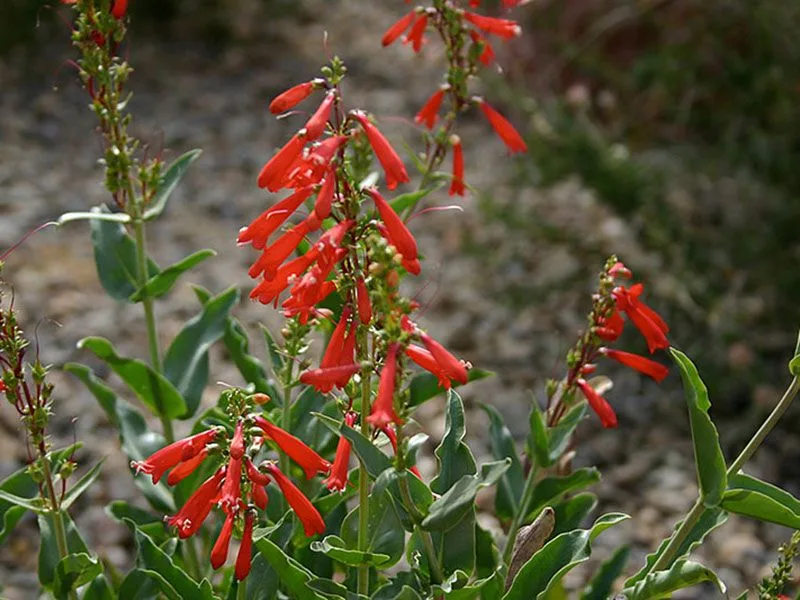
Firecracker Penstemon brings a burst of fiery red to Arizona gardens. Its tubular flowers are perfect for attracting hummingbirds, adding dynamic movement and life. Preferring rocky, well-drained soil, this plant thrives on neglect, making it ideal for gardeners with busy schedules. Besides its stunning appearance, Firecracker Penstemon plays a crucial role in pollinator gardens by providing nectar sources. Its resilience and vibrant blooms make it a standout in any landscape, ensuring your garden remains lively and colorful.
Mexican Gold Poppy
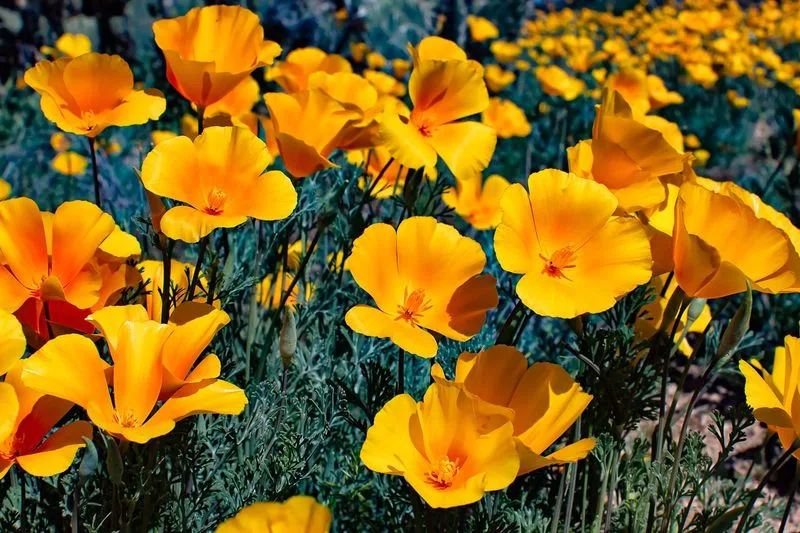
Mexican Gold Poppy offers fields of golden blooms that shimmer under Arizona’s sun. This wildflower embodies the spirit of spring, bursting into life after winter rains. Its bright petals are not only visually striking but also attract a variety of pollinators. Known for its resilience, this poppy thrives in sandy, well-drained soils. Planting Mexican Gold Poppy can transform a bland landscape into a vibrant tapestry of color and life, showcasing the beauty and resilience of nature with every bloom.
Desert Bluebell
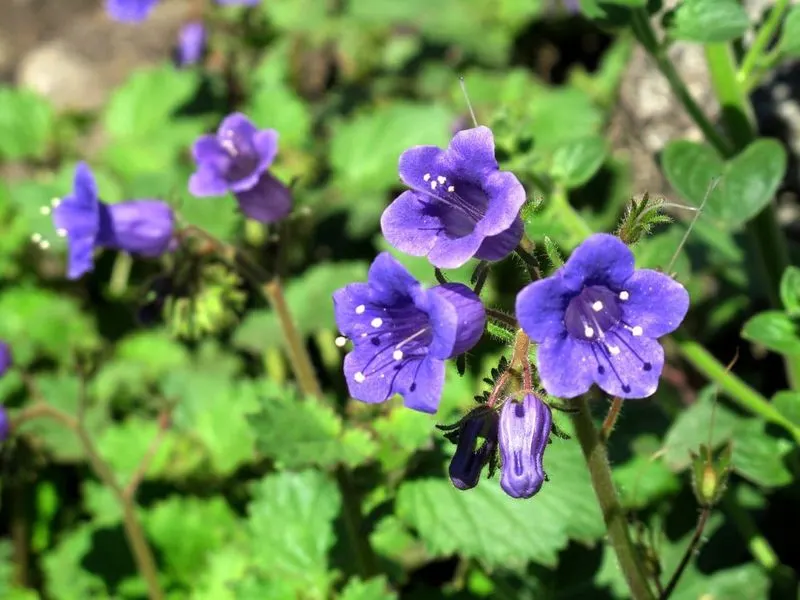
Desert Bluebells bring a splash of blue to Arizona’s wildflower tapestry. With bell-shaped flowers that dangle elegantly, they attract a myriad of pollinators including bees and butterflies. These blooms thrive in sandy, well-drained soil and full sun, making them ideal for desert gardens. By planting Desert Bluebells, you contribute to the preservation of native plant species and support local ecosystems. Their enchanting color and ecological benefits make them a cherished addition to any Arizona wildflower garden.
Indian Paintbrush
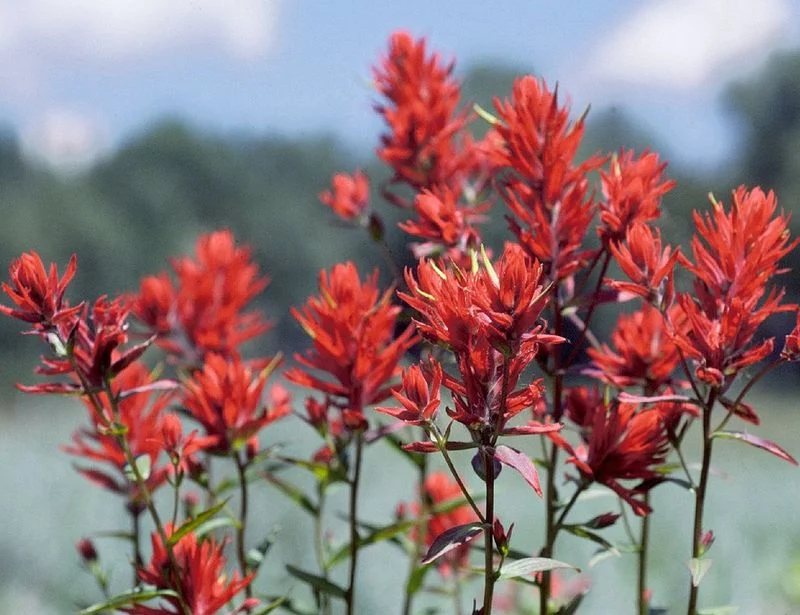
Indian Paintbrush is known for its vivid red bracts that resemble a painter’s brush. This striking plant thrives in Arizona’s diverse landscapes, from deserts to mountainsides. Its unique appearance provides visual interest and attracts pollinators such as hummingbirds. Typically found in well-drained soils, Indian Paintbrush complements other native plants beautifully. Incorporating this wildflower into your garden not only enhances aesthetics but also promotes biodiversity, making it a valuable asset for any nature enthusiast.
Brittlebush
Brittlebush, with its silver-grey foliage and yellow flowers, is a standout in Arizona’s wildflower gardens. This hardy plant is perfectly adapted to desert conditions, thriving with minimal water. Its blooms attract a variety of pollinators, providing an essential food source in arid regions. Brittlebush also plays a role in erosion control, making it both a practical and attractive choice for gardeners. Plant it in full sun for a low-maintenance, high-impact display that supports local wildlife and beautifies the landscape.
Fairy Duster
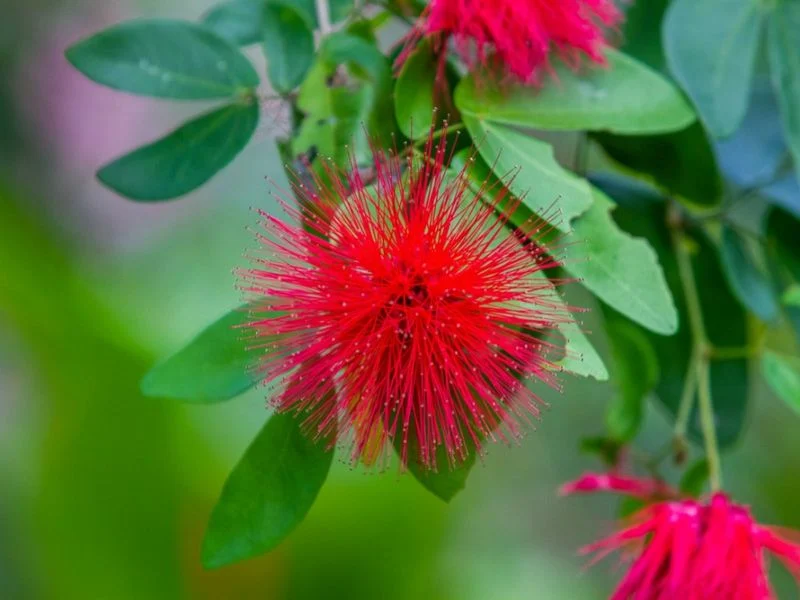
Fairy Duster captivates with its fluffy pink blossoms that dance in the breeze. This charming plant flourishes in Arizona’s sun-drenched landscapes, bringing whimsy and color. It’s drought-tolerant and thrives in well-drained soil, making it a smart choice for sustainable gardening. Beyond its beauty, Fairy Duster supports pollinators, offering nectar to bees and butterflies. Planting this wildflower adds a touch of magic to any garden, while also contributing to the health of the ecosystem.
Chocolate Flower
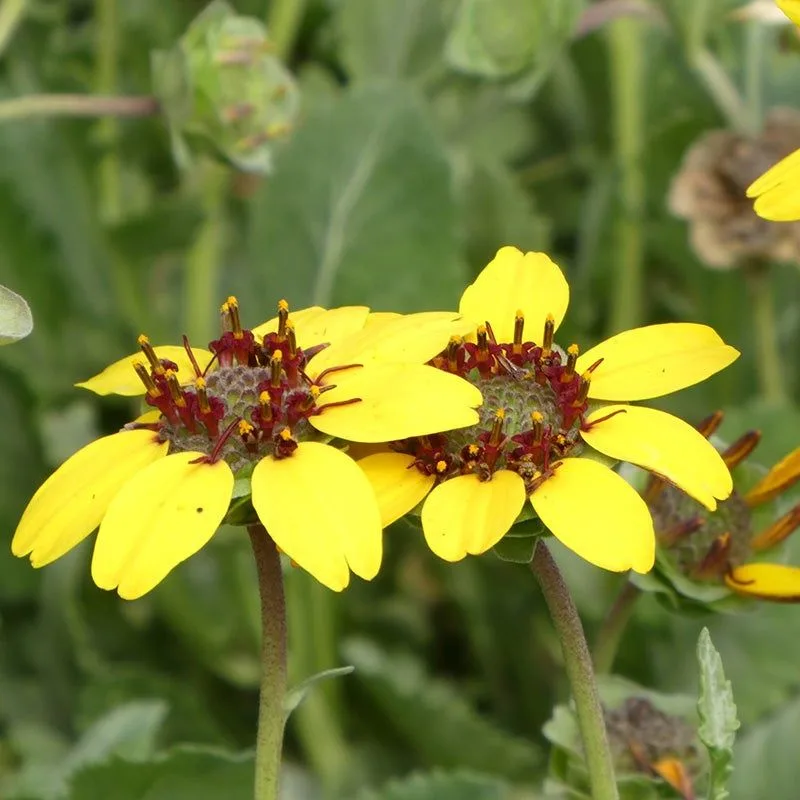
The Chocolate Flower, known for its delightful cocoa fragrance, is a unique addition to Arizona gardens. Its yellow petals open in the morning sun, releasing a chocolatey scent that is both unexpected and enchanting. This resilient plant thrives in dry conditions, attracting pollinators with its sweet aroma. Grow it in sandy, well-drained soil to enjoy its charming blooms and captivating scent. The Chocolate Flower not only enhances garden aesthetics but also creates a sensory experience that delights and surprises.
Prickly Pear Cactus
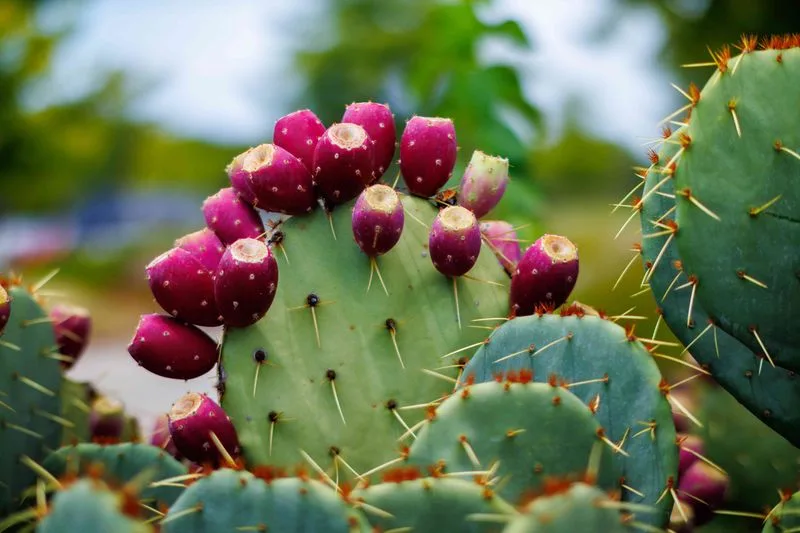
Prickly Pear Cactus is an iconic symbol of the desert, known for its paddle-shaped pads and brilliant yellow flowers. This hardy plant thrives in Arizona’s harsh climate, providing food and habitat for various wildlife. Beyond its rugged beauty, the cactus offers edible fruit and pads, adding both visual interest and culinary potential. Plant it in areas with full sun and well-drained soil to enjoy its blooms and robust presence. The Prickly Pear is a versatile and essential part of any desert garden.
Silverbell Tree
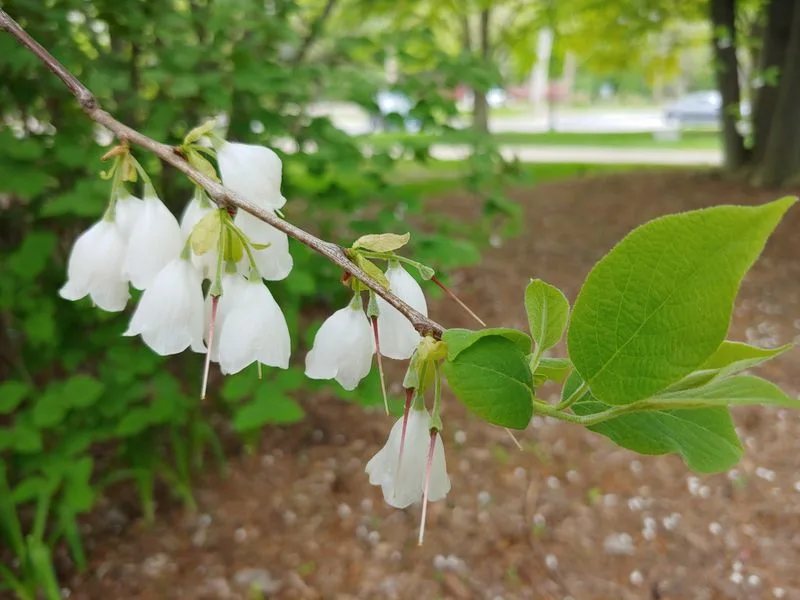
The Silverbell Tree enchants with its cascade of white bell-shaped flowers, offering a touch of elegance to Arizona gardens. This deciduous tree thrives in well-drained soil and full sun, providing shade and beauty. Its blooms attract bees and other pollinators, supporting local ecosystems. Besides its visual appeal, the Silverbell Tree is valued for its adaptability and low maintenance. Incorporating this tree into your landscape offers both aesthetic charm and ecological benefits, making it a cherished choice for gardeners.
Arizona Poppy
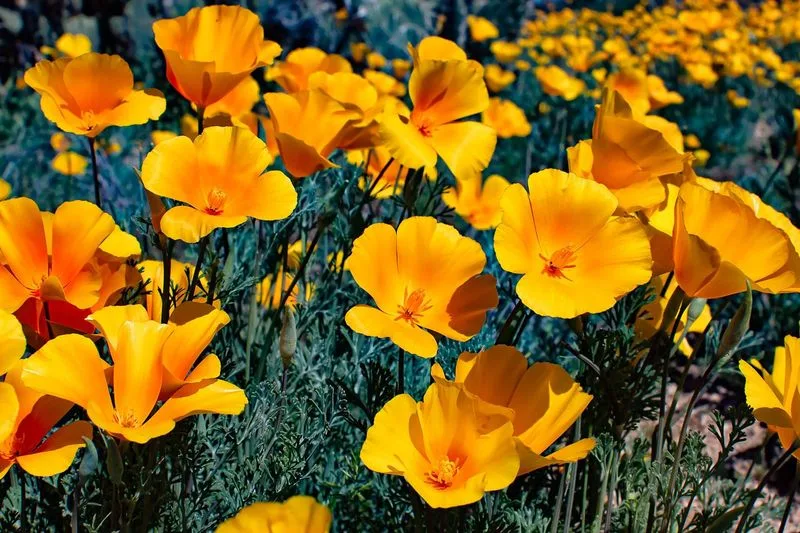
Arizona Poppy lights up the landscape with its vibrant orange and yellow blooms. This resilient wildflower thrives in sunny, well-drained areas, bringing color and life to gardens. Its cheerful flowers attract a variety of pollinators, supporting biodiversity. Easy to grow and care for, Arizona Poppy is a favorite among gardeners seeking to enhance their outdoor space. Plant it for a splash of color that celebrates the beauty and vitality of native flora, creating a lively and inviting garden.
Coulter’s Lupine

With its rich purple flowers, Coulter’s Lupine is a striking addition to Arizona’s wildflower gardens. This nitrogen-fixing plant enhances soil health, promoting the growth of surrounding flora. It’s particularly attractive to bees and butterflies, playing a vital role in pollinator gardens. Favoring full sun and well-drained soil, Coulter’s Lupine is both beautiful and beneficial. Its ability to enrich the soil and attract pollinators makes it a valuable asset to any garden, offering both aesthetic and ecological rewards.
Apache Plume

Apache Plume is a versatile shrub that adds texture and movement to Arizona gardens. Its white flowers transition to pink, feathery seed heads, offering visual interest throughout the seasons. This plant thrives in full sun and well-drained soil, ideal for arid landscapes. Beyond its beauty, Apache Plume supports native wildlife by providing shelter and food sources. Incorporating it into your garden design brings a touch of elegance and ecological value, making it a smart choice for sustainable landscaping.
Desert Lavender
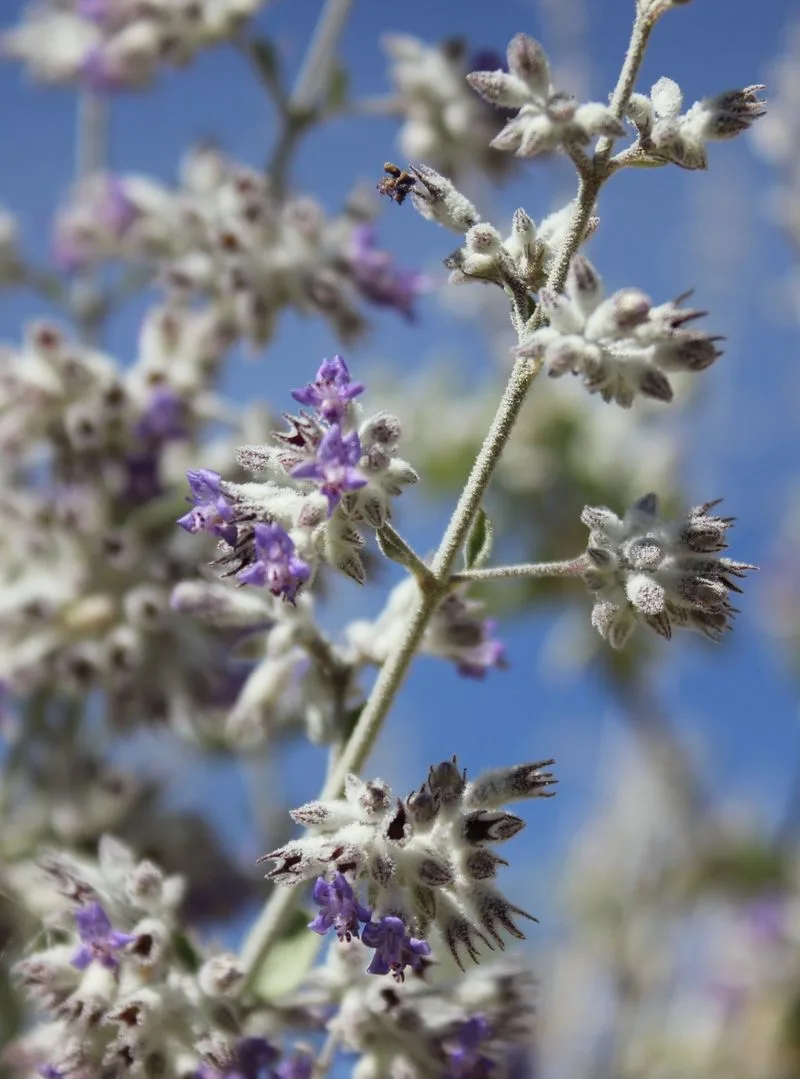
Desert Lavender entices with its aromatic foliage and delicate purple blooms. This drought-tolerant shrub thrives in sunny locations, adding both fragrance and color to gardens. Its silvery leaves and lavender flowers attract pollinators, supporting biodiversity. Beyond its visual appeal, Desert Lavender provides culinary uses, offering a unique flavor to dishes. Incorporating this plant into your garden not only enhances aesthetics but also provides ecological and practical benefits, making it a delightful addition to any landscape.
Parry’s Agave
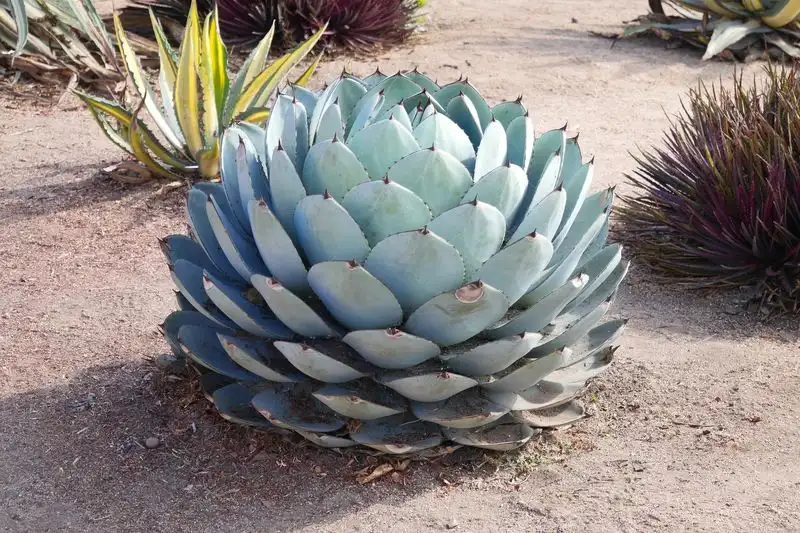
Parry’s Agave is a bold statement in any garden with its striking blue-green rosettes. This succulent thrives in Arizona’s harsh climate, requiring minimal water and care. Its architectural form adds structure and interest to landscapes, while its blooms attract pollinators. Parry’s Agave is perfect for xeriscaping, offering both beauty and practicality. By including this agave in your garden, you embrace a plant that supports local ecosystems and requires little maintenance, making it a standout choice for desert gardening.
Fremont’s Deathcamas
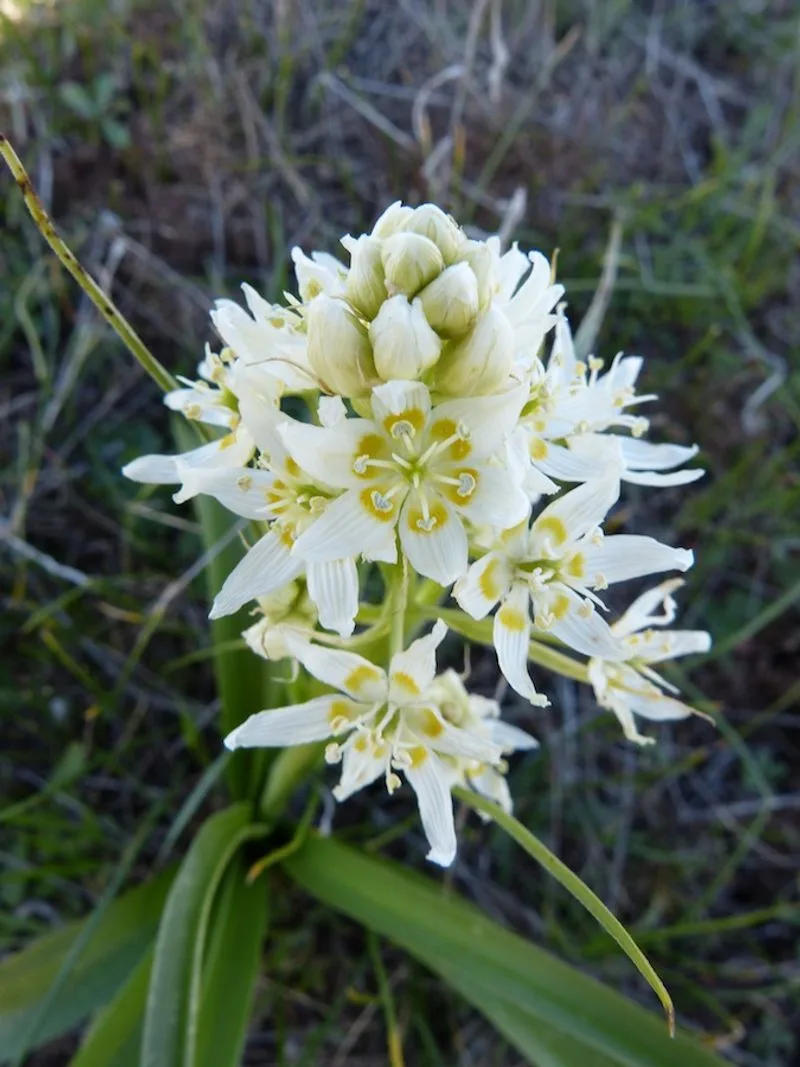
Despite its ominous name, Fremont’s Deathcamas is a visually striking plant with clusters of creamy white flowers. This wildflower thrives in rocky, well-drained soils found in Arizona’s diverse landscapes. Its blooms attract pollinators, playing a crucial role in local ecosystems. While all parts of the plant are toxic, its beauty and ecological contributions make it a valued addition to gardens focused on native flora. Planting Fremont’s Deathcamas celebrates the diverse beauty of the desert, balancing aesthetics with ecological importance.
Ocotillo
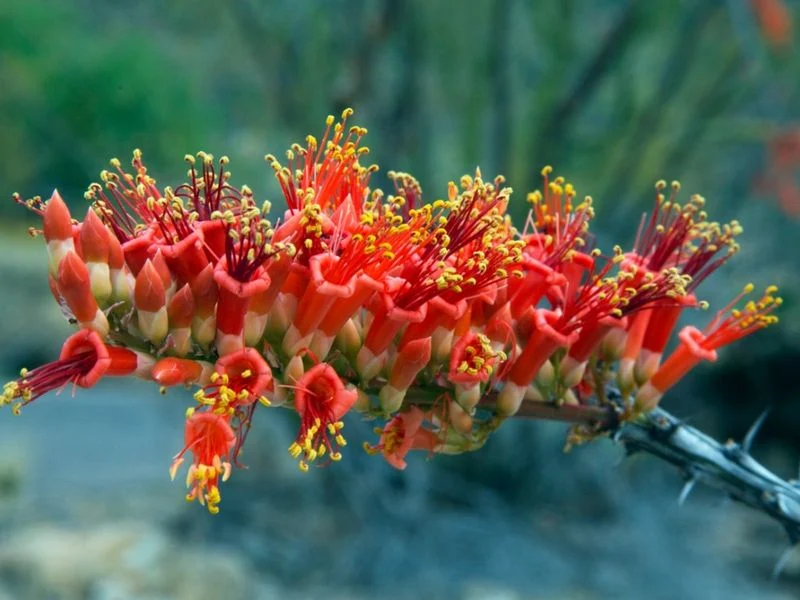
Ocotillo stands tall with its spiny stalks shooting up towards the sky, adorned with bright red flowers. This unique desert plant thrives in Arizona’s sun-drenched landscapes, adding vertical interest and color. Its tubular flowers attract hummingbirds, supporting pollinator populations. Ocotillo’s ability to survive long droughts and quickly leaf out after rain makes it a resilient choice for desert gardens. Planting it offers both visual drama and ecological benefits, enhancing the beauty and vitality of your landscape.
Buckhorn Cholla

Buckhorn Cholla is a distinctive cactus known for its cylindrical stems and vibrant pink flowers. This hardy plant flourishes in Arizona’s arid conditions, providing habitat and food for desert wildlife. Its blooms add a splash of color to the desert landscape, while its structure offers visual interest. Ideal for xeriscaping, Buckhorn Cholla requires minimal maintenance, thriving in full sun and well-drained soil. Incorporating this cactus into your garden supports local ecosystems and adds unique beauty to your outdoor space.
Penstemon Parryi

Penstemon Parryi graces Arizona gardens with its tall stalks of pink flowers, offering both beauty and ecological benefits. This perennial thrives in sunny, well-drained locations, attracting hummingbirds and bees with its nectar-rich blooms. Its vibrant color and elegant form make it a favorite among gardeners seeking to enhance their landscapes. Besides its visual appeal, Penstemon Parryi contributes to the health of local ecosystems, supporting pollinator populations. Plant it to enjoy a garden full of life and color, celebrating native flora.

